 Four unique investigations, developed through a National Science Foundation DRK-12 grant, use museum collections to examine multiple phenomena that impact ecosystems and the organisms that live in them. Each investigation takes students through the same research questions and processes used by our own museum scientists and allow students to gather and reason with data they gather through the study of these collections. In each investigation, students will be guided by museum scientists and use digital interactives to engage in their research.
Four unique investigations, developed through a National Science Foundation DRK-12 grant, use museum collections to examine multiple phenomena that impact ecosystems and the organisms that live in them. Each investigation takes students through the same research questions and processes used by our own museum scientists and allow students to gather and reason with data they gather through the study of these collections. In each investigation, students will be guided by museum scientists and use digital interactives to engage in their research. Each of these curriculum-aligned investigations includes a series of activities that can be used as designed or adapted to fit your students’ needs. The instructional guides will provide tips on pacing, implementation, and curriculum alignment of each investigation. Use one or use them all! Click on the investigations below to take a closer look.

Target Audience: 6th-8th Grade • 90 - 120 mins
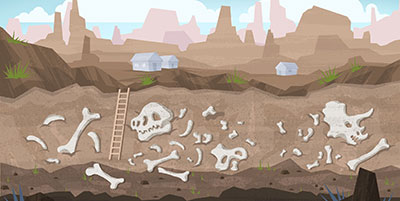
Target Audience: 6th-8th Grade • 90 - 120 mins
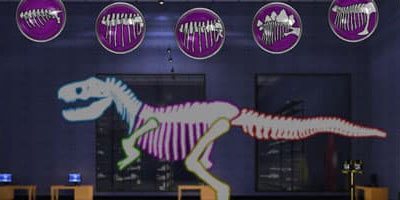
Target Audience: 6th-8th Grade • 50 mins
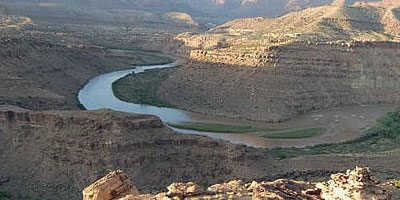
Target Audience: 6th-8th Grade • 170 mins
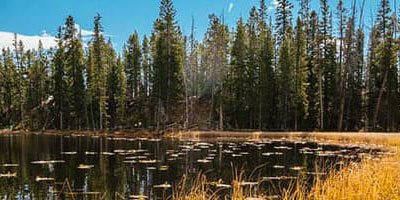
Target Audience: 6th-8th Grade • 165 mins
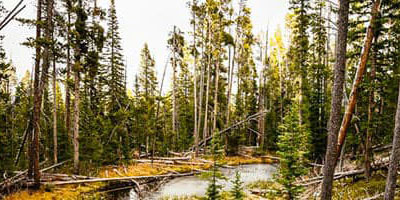
Target Audience: 6th-8th Grade • 170 mins
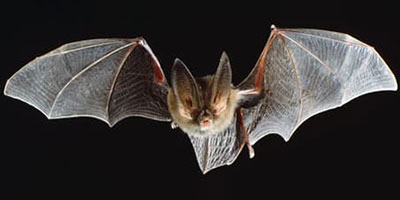
Target Audience: 6th-8th Grade • 120-180 mins